
The Coliseum is the Cutting Edge
Immersive audio has just made the jump from the page to the stage. The brand new Sydney Coliseum Theatre has installed the first L-Acoustics L-ISA system in the southern hemisphere.
Text:/ Derek Powell
The opening of the Sydney Coliseum Theatre in December last year is a landmark event for lots of reasons. The new venue at Rooty Hill in Sydney’s West has a suite of capabilities unmatched by any other in the country and will soon be in demand not just for concerts, theatre and dance but also for all kinds of conventions and events. It has brought together technologies we have all been vaguely aware of and suddenly made them real and accessible to all kinds of users. For AV professionals this is a case study in leading with new technology and we all need to learn from it and about it.
The biggest ticket item and the one of most interest to us here is undoubtedly the sound system, the first permanent installation of the L-Acoustics L-ISA (pronounced ‘el-lisa’ by the way). There are other systems in this new venue that also deserve our attention but we’ll get to them a little later.
L-ISA produces an audio experience that goes beyond stereo providing a sensation of real immersion in the musical experience. L-Acoustics refers to it as “hyper-real” which sounds like meaningless marketing-speak – until you hear it for yourself. The best way to describe the sound is to say that it produces the same experience as being in the ‘sweet spot’ of a top flight 5.1 sound system, without having to sit bang in the centre of the speakers. It doesn’t matter if you are seated way over on the left aisle or far to the right – or at front of the stalls or that back of the balcony – you will still hear a rock-solid audio soundstage laid out in front of you, with each instrument or performer seeming to come from the exact spot that they are located on stage.
I know this all sounds unlikely, but at the technical preview of the Coliseum Theatre (hosted by L-Acoustics distributor Jands) I had the unique opportunity of actually getting up during the demo and walking right around the audience area. And they’re right – from side to side, front to back the sense of an audio image laid out on the stage is fabulously realistic. During the demo, Scott Harrison (Jands’ application engineer for the L-Acoustic range) switched back and forth between stereo and immersive to show the difference between L-ISA processing and what could be achieved by the same speakers in stereo mode.
“In the Sydney Coliseum 90 percent of the audience is in that sweet spot,” he pointed out. “And if we compare that to a stereo system in this venue, less than 20 percent of the audience is in the sweet spot. So we’ve expanded the experience from the three or four seats right up the centre, to almost the entire audience that can receive the full experience of the mix and the full panorama across the stage.”
Perhaps the most surprising thing is that this effect comes with a lot less hardware than you might expect. There are five hangs of L-Acoustics Kara line arrays across the top of the proscenium, along with two clusters of sub-woofers. That’s certainly more hangs that a typical left-right system but each of the five Kara line arrays are smaller than a usual stereo array so the difference is not as much as you might imagine.
Likewise, the front-end of the system is not overly complex to install or operate. According to Scott, three things are needed – a proper analysis of the space and the resulting sound design; a proprietary processor to convert each input (or stem) from the mixer into an audio object; and a controller to place the ‘objects’ in 3D space.
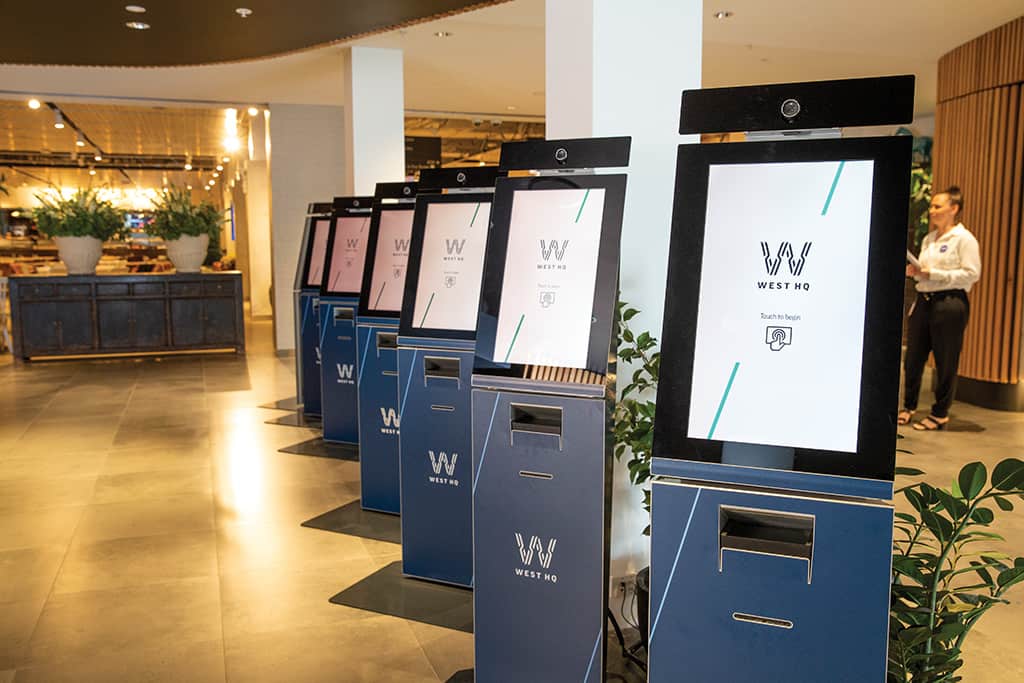
FRICTIONLESS ENTRY
The Coliseum isn’t actually a stand-alone theatre. As part of the massive West HQ complex in Rooty Hill, entry is through the main Club entrance and via the extensive new food court. That means that theatre patrons have to sign in, as they would to any registered club.
To avoid potential delays in getting some two thousand theatre patrons quickly and legally signed in before a performance, West HQ have partnered with NEC and Cisco to implement a novel kiosk-based sign-in procedure.
Patrons place their ID (typically a driver’s licence) on the scanning pad at the kiosk. The scanner first verifies your address against the NSW Club rules to check if you live within 5km of the venue and thus would need to be a member. Then, using a built-in camera, the system scans the patrons face and cross checks with various databases (including a link with the NSW Roads and Maritime Service, the digital driver’s licence issuing authority) to verify that the person at the kiosk matches the photo ID presented. Testing of the 20 kiosks installed at West HQ by NEC prior to the official opening has seen verification and voucher-issuing times as low as nine seconds per person.
Throughout the venue, NEC LED display systems, powered by CiscoVision IPTV, speed patrons on their way by displaying menus, wayfinding, and interactive customer promotions.
Even the now ubiquitous security systems have been made faster and simpler with an intelligent metal detector at the start of the “Crystal Bridge” which gives access to the theatre building. Using ferromagnetic detection the Metrasens pillar checks for metal on each person as they pass by. But is smart enough to distinguish between harmless items like keys, phones or even artificial hips – and only issues an alert if it detects items such as guns and knives.
DESIGN TIME
On the design side, L-Acoustics’ Soundvision software is capable of modelling complex spaces with tens of thousands of surfaces and comes with integrated tools to predict and optimise the behaviour of each line array.
“The heart of the transformation is the L-ISA processor,” according to Harrison, “you can take up to 96 input channels and make them objects by applying metadata to describe their spatial information. For each object we have a pan, a width, a distance and an elevation.”
The placement of each audio object takes the place of a simple left-right pan that you would apply in a stereo mix. The spatial control happens either on a separate laptop – or can be integrated into modern consoles or DAWs. The Coliseum’s Digico SD12 can handle everything from the board itself, though at the demo, a laptop was in use to illustrate the process more clearly.
This separation of sources is what really creates the magic – and gives a clarity to the mix that a stereo mix in an ordinary venue can’t achieve. Sounds can’t be panned hard left or right in a venue where only twenty percent of the audience can hear the proper stereo spread. In a situation where ninety percent of the audience will hear proper separation there is much more scope.
LONG & WINDING ROAD
There is no question that West HQ management now realise what a promotional asset L-ISA represents, but putting it in place at the beginning proved a challenge for the Coliseum’s Technical Operations manager Bicci Henderson. Originally, a conventional sound system was specified, something that didn’t sit well with Bicci when he joined the project some 16 months before it opened.
“The importance of any new venue is to be state of the art when you open,” he stated. “I wanted to open the theatre with the best available and the original design just wasn’t what was happening in the world today.”
It was a trip to Adelaide that convinced Bicci to push for the L-Acoustics Hyperreal system in the Coliseum. The Adelaide Symphony Orchestra (in association with CineConcerts and Warner Bros) was to perform the John Williams film score live for a screening of ‘Harry Potter and the Prisoner of Azkaban’ at the Adelaide Entertainment Centre. The orchestra had performed to Harry Potter films before but for this concert, working with production company Novatech, they chose to deploy L-ISA Hyperreal Sound. The performance was a triumph, thrilling the audience, who stayed right through to the end of the credits and impressing the conductor and players.
“When I experienced it,” Bicci recalled, “I thought -‘that’s what I want to do!’ The difficulty was coming back and changing everyone’s perception of what an audio system is – and what it could be. I had to convince my bosses here at the Sydney Coliseum that this was worth the fight”.
History will record that Bicci’s persuasive powers won the day. “Everything had been designed and agreed on but I got to turn it around,” he added. “I am glad I pushed [because] the end result is a system that’s going to be in here and talked about for years and years, maybe decades. It’s the first one, and it’s great to be part of.”
Scott Harrison is another who is bullish for the prospects of L-ISA and the Coliseum. “I definitely think it will be a drawcard for both audiences and performers,” he commented. “A lot of the audience members may not exactly know what is going on but they’ll certainly realise that something is different – and that’s been the experience of a lot of other L-ISA shows around the world. L-ISA gives both the performers and the sound engineer a lot more scope to be creative with the mix and the ability for everybody in that audience to hear that creativity.”


WHAT ABOUT AV?
This is all very well for a concert venue but will immersive ever become relevant in more typical AV situations like Conference and Convention work? The answer is that it already has. Psychoacoustics plays a big role in audience involvement with the spoken word. Just the ability to localiSe a presenter or a panel of speakers on stage makes listening less fatiguing and more involving – a point not lost on convention organisers.
Already one influential US convention (the annual conference for Salesforce, the world’s largest client relationship management software company) has used L-ISA. In San Francisco, it was used to create unique ambience for 150,000 attendees in the Expo hall but the broader possibilities were immediately obvious. Laurent Vaissié, CEO of L-Acoustics USA and Canada, sees corporate event production as a key application for multichannel sound and waxed lyrical in a recent press release. “L-ISA makes a lot of sense – from a plenary speaker localiSation and intelligibility standpoint [through to] creating an immersive environment or enhancing a dramatic product release with 3D sound effects,” he said.
Immersive sound systems will probably always need specialist design expertise to suit each venue but touring systems are already available in Australia and it won’t be long before our major convention centres look closely at the opportunities presented by L-ISA and its competitors. Trickle-down to smaller, more affordable systems may take a little longer but they will inevitably come, as the cost of DSP and quality amplification continues to fall.
Gerry Gavros, who as Jands’ brand manager for L-Acoustics effectively acted as midwife for the Coliseum installation, sees the Coliseum as a stepping stone for immersive sound in Australia. “It’s going to demonstrate where mixing is going in the future,” he believes. “You’ll see a lot of sound engineers embrace this technology because they’ve become artistic mixers rather than trying to get all the material down to a left and right array. They’ll have more room to move and be more artistic with their sound. Like [the first] line arrays, it will take time to embrace and for everyone to get on board, but it will be great!”
LOUDSPEAKER SYSTEM
L-Acoustics Hyperreal Loudspeaker System
50 x L-Acoustics KARA modular WST line source hung in 5 rows across the proscenium
6 x L-Acoustics KS28 subwoofers – centre flown
4 x L-Acoustics X8 under balcony fill
5 x L-Acoustics X8 forestage fill
FOH MIXING CONSOLE
Digi-Co SD12 digital mixing console (72 Input Channels)
MICROPHONE COMPLEMENT
2 x Shure Beta 52a 1 x Shure Super 55
10 x Shure SM57 2 x Shure Beta 57a
12 x Shure Beta 58A
2 x Shure SM81 3 x Shure Beta 87A
2 x Shure Beta 91a 4 x Shure Beta 98 (w/drum mounts)
2 x Shure MX418C (lectern)
2 x Shure KSM 27 2 x Shure KSM 137
4 x Sennheiser e604 1 x AKG D112
1 x Neumann KM184 (stereo set)
12 x Radial J48 Active DI
LIGHTING CONTROL
Grand MA3 – Light
LIGHTING BARS
Jands JLX PRO in 6m lengths with power and data looms sufficient for 6 x 18m long lighting bars
LANTERNS (All luminaries are LED)
34 x Profile HP with combination of lens
34 x Fresnels with manual zoom and barndoors
48 x Fusion Par H X11 wash lights
8 x iLED stage blinders P200 RGBW
10 x iLED Cyc2 RGBAL
FOLLOW SPOTS
Robert Juliett Victor 1800W MSR 2 – 7 to 14.5
DMX
DMX Data via Pathport S.ACN or Artnet network is installed throughout the theatre, alongside 5-pin DMX
POWER
Two x 200 Amp per phase power supplies are available in the PS Wing for touring lighting systems
30 x LSC – APS 12ch x 10a advanced power distribution



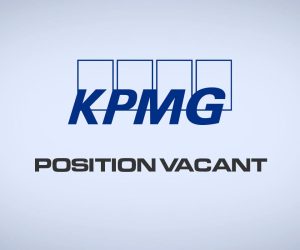

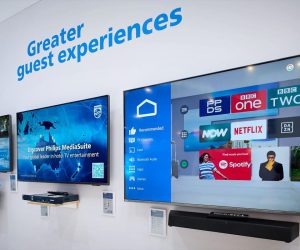



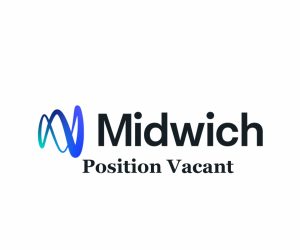
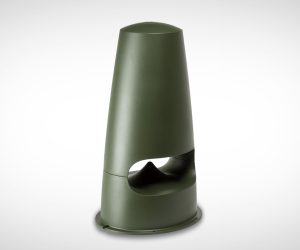
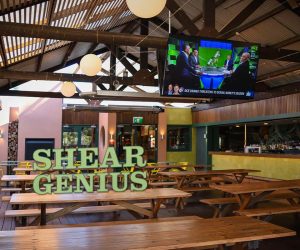



RESPONSES